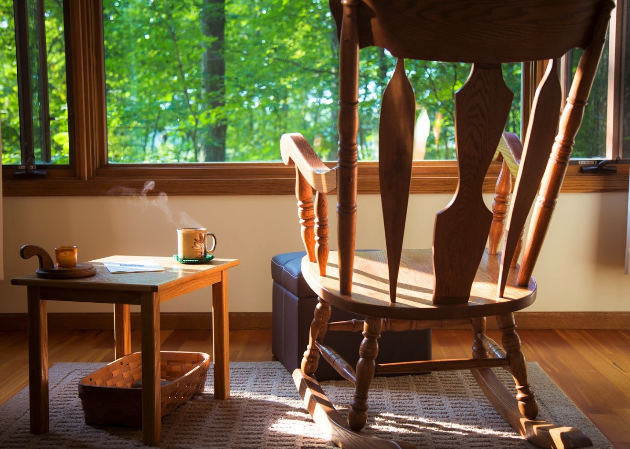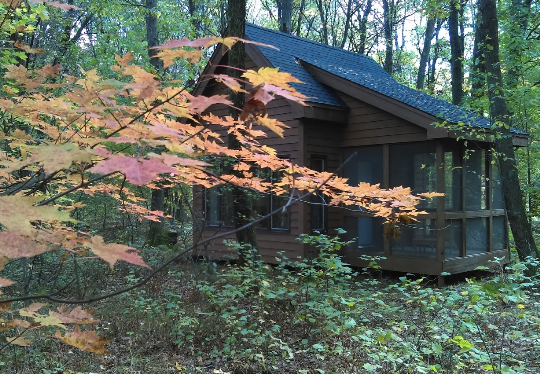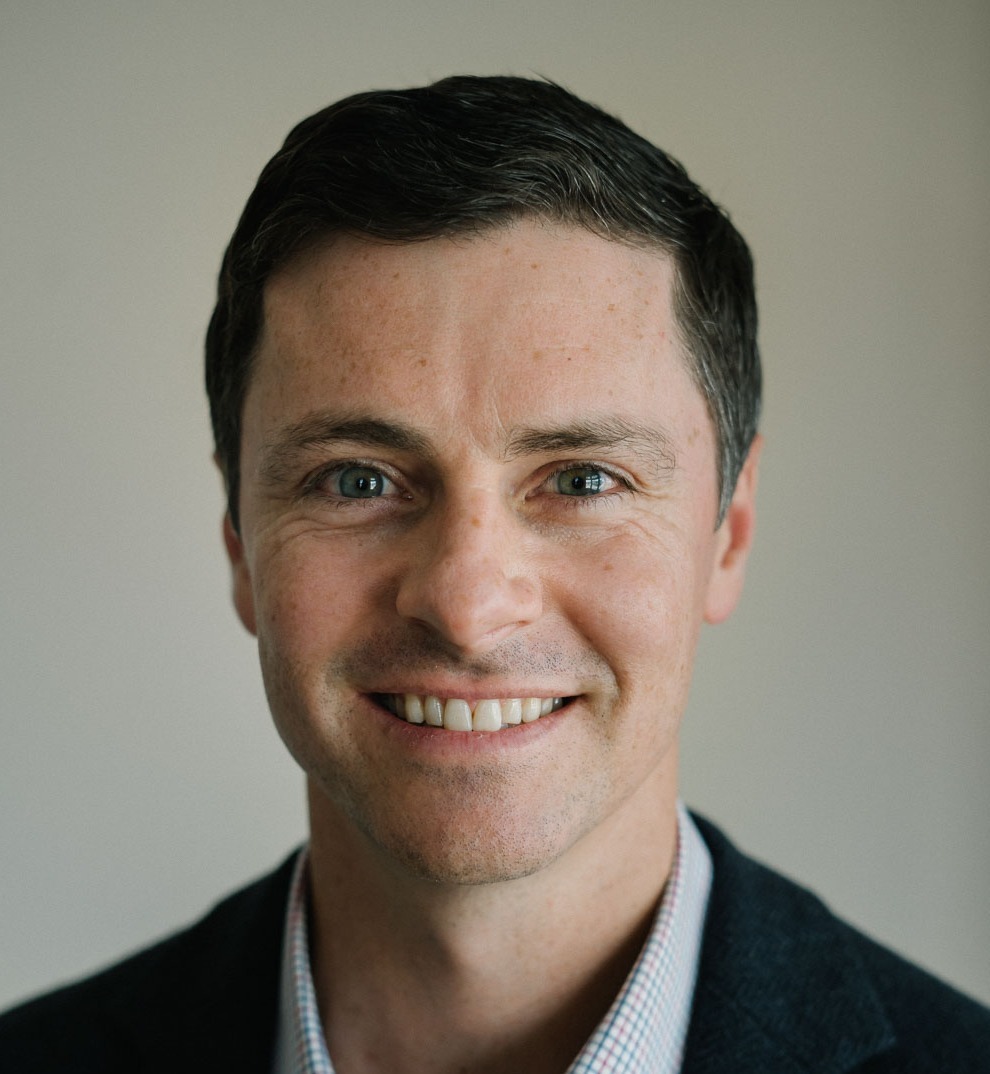
A few months ago, a good friend suggested that we go on a silent retreat together. (Or, more accurately since it’s a silent retreat, he suggested we go to the same location at the same time.) He suggested Pacem in Terris (Peace on Earth), a well-known retreat an hour outside of Minneapolis that serves as a hermitage for those seeking seclusion. The idea of existing in absolute silence for two days – no conversations, no phone, no internet, no electricity – was as intriguing as it was anxiety-provoking.
Pacem in Terris encourages the practice of solitude. It’s an increasingly foreign concept to us, evidenced by our growing unwillingness to spend time alone with our thoughts. When an opportunity for reflection or contemplation presents itself, we hardly ever take advantage of it. Instead, we pull out our smartphones as if to reassure ourselves that we’re still connected to the rest of the world.
Solitude Deprivation
Most of our leisure time still involves inputs like reading, listening to podcasts, browsing the internet, or watching Netflix. We’ve developed a need for constant consumption, but we rarely stop to contemplate the information we’ve received. I recently read Cal Newport’s book Digital Minimalism, where he makes a case for reducing your technology exposure and increasing your exposure to solitude (which Newport defines as “freedom from inputs from other minds”). But why is solitude so valuable? As Raymond Kethledge and Michael Erwin put it in their book Lead Yourself First, solitude provides the insight and emotional balance that comes from unhurried self-reflection. This is what I set out to achieve during my time at Pacem.
We went ahead and reserved separate hermitages for a weekend several months away, arriving on a Sunday afternoon and departing on a Tuesday morning. When we arrived at Pacem in Terris, I still had no clue what to expect. I felt a growing sense of anxiety at the thought of turning off my phone, severing my tether to the outside world. But I was interested in experiencing the elusive “solitude” that I’d been reading about.
Arriving at Pacem
I took a deep breath and made my way to my hermitage where, for the next 48 hours, I would be alone with my own thoughts. I half-expected my hermitage to be a sparse tent or an empty shack, but I was pleasantly surprised to find I was wrong: the facilities at Pacem were delightful. Each hermitage is a standalone, single-room cottage, fully insulated with a rocking chair, bed, gas stove, and a screened-in porch. No electricity, no running water, just a gas line to provide heat and a stove for heating water to make coffee or tea. In a basket were two apples, two bananas, two oranges, two loaves of bread, a muffin, and a hunk of Wisconsin cheddar cheese: my food for the next two days.

View of a hermitage from the outside. There are fourteen hermitages like this at Pacem in Terris.
It was surreal moment to set my bag down and have absolutely nothing to do: no deadlines, no kids to care for, no email to check, no books or any other form of entertainment. Just me, a notepad, a pen, and 48 hours of nothingness.
Technology Withdrawal
Our smartphones have essentially become portable dopamine dispensers: every notification, every “like,” every ring trains us to expect gratification whenever we look at our phones. I’d removed all social media apps from my phone years ago, primarily because of my somewhat addictive personality, but also because I didn’t like that I was developing an impulse to continually check my phone for no good reason. It helped a bit, but it wasn’t enough to break the technological spell: I started logging into Twitter from my phone’s web browser, so I eventually removed that too. I deleted my email app to stop myself from compulsively checking email, and I only reinstall it on the rare occasion that I have to be out of the office but remain connected.
By the time my weekend at Pacem arrived, I had already taken steps to minimize my cell phone use. But even though that helped minimize my technology withdrawal, I still felt an impulse to text Madeline or FaceTime with her and the kids. It felt strange and uncomfortable to be disconnected from them. Even though I knew they would be able to call the retreat center to get ahold of me, I still found myself worrying whether everything was okay at home. The constant connection my phone provides had eroded my faith in the idea that “no news is good news.”
Creativity Bursts in Solitude
Having basically never spent any time alone with my thoughts, what I found most interesting was how creative I felt. I’m an avid reader, but without the option to consume inputs from other minds, all the books, blogs, and articles I read suddenly began to coalesce into my own original thoughts and ideas. I couldn’t write fast enough. I remember reading Benjamin Franklin’s biography and being amazed by his ability to come up with so many interesting experiments and ideas. Now I realize he was able to do it by spending so much of his time in solitude every day.
Time for the Important but Not Urgent
My retreat also helped remind me to make time for important – but not urgent – things. Last year I read Fearless, a book about a Navy SEAL named Adam Brown. The book details his struggle with addiction and his quest to become a SEAL. Before each deployment he would write each of his children a letter, knowing that it might be the last time he communicated with them. At the time, it got me thinking: if something ever happened to me, what would my kids have to remember me by besides photos and birthday cards?
After I’d read the book, I made a note on my To-Do list to write Sophie Sue and Graham letters, but for over a year, I never took the time to do it. At Pacem, I was finally able to dedicate some time to writing letters to my kids and to Madeline, expressing how I feel about them and my hopes for their futures. When you have 48 hours to yourself, there really isn’t much of an excuse to get something like this done. I began to crystalize my 34 years of accumulated inputs into a compilation of “life lessons” with personal anecdotes to leave for my kids. I plan to transcribe them into an Evernote and add to the list as things come to mind. By the time I die, I’d like to have compiled a long list with Madeline to give to Graham and Sophie Sue. Hopefully the lessons will serve two purposes: to help my kids navigate the uncertainties of life, and to start a collection of family wisdom that can be passed down to future generations.
Solitude in Everyday Life
In the same way that it’s important to invest your money to provide financial security, it’s also important to invest time in yourself. Too many people with impressive net worth statements also have fraught relationships or poor health. True wealth is more than just the number at the bottom of your net worth statement. It not only consists of financial security, but also quality of relationships, control over your time, and physical and mental health. Madeline an I both hope to make respective visits to Pacem each year to unplug and enjoy the benefits of an extended period of solitude as an investment in myself and my family, and I encourage you to do the same.
Even if you can’t carve out 48 hours of complete solitude, you can make an effort to find solitude in everyday life. Cal Newport suggests taking up journaling, going on long walks by yourself, or even just leaving your cell phone at home for a few hours. It’s comforting to know that if you don’t have time to spend two days alone in the woods, you can still find those precious moments of solitude in your day-to-day life. Give it a try and let me know how it goes – you’ll be glad you did.
This material is intended for educational purposes only. You should always consult a financial, tax, or legal professional familiar with your unique circumstances before making any financial decisions. Nothing contained in the material constitutes a recommendation for purchase or sale of any security, investment advisory services or tax advice. The information and opinions expressed in the linked articles are from third parties, and while they are deemed reliable, we cannot guarantee their accuracy.
